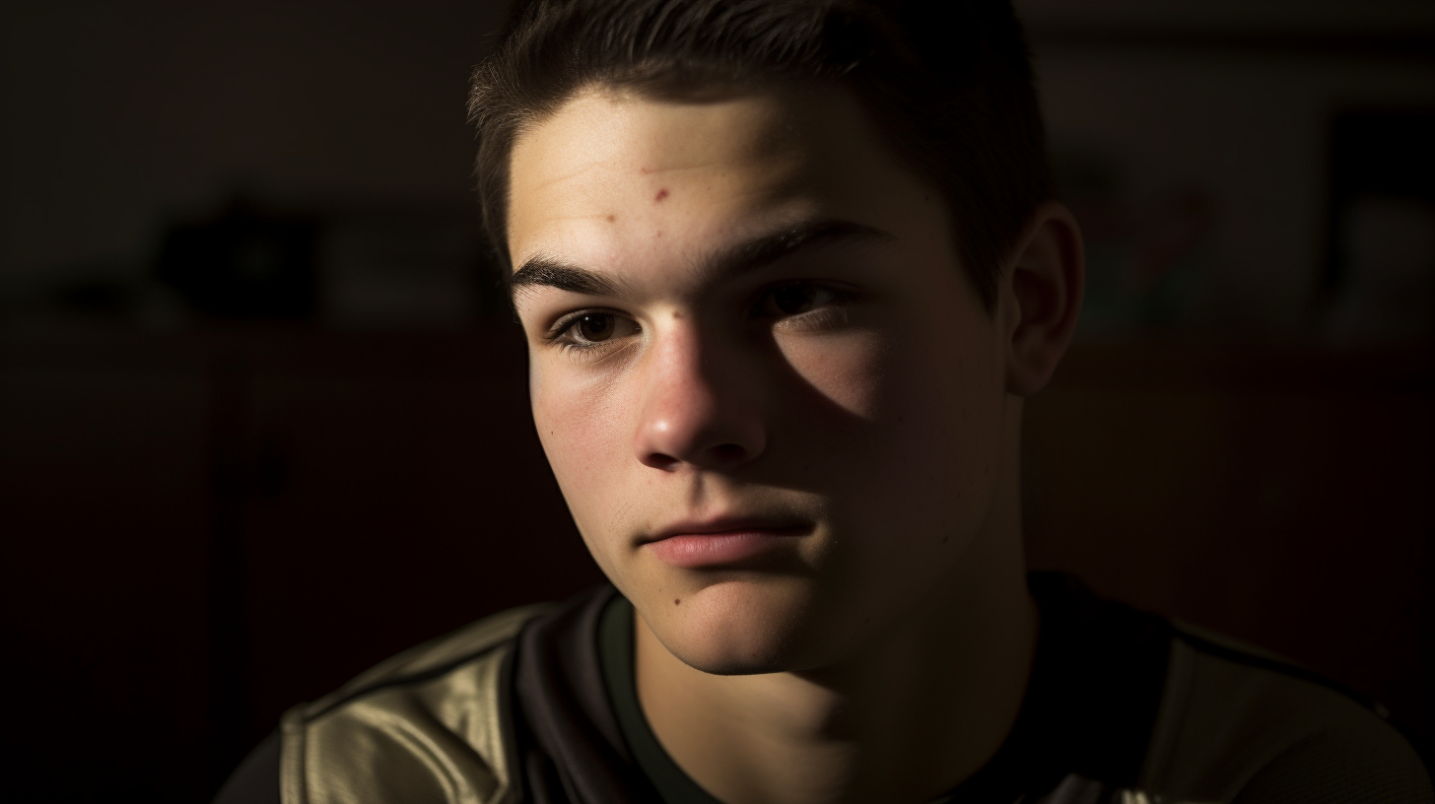Introduction: Children are unfortunately susceptible to bullying, a widespread issue that can have significant emotional, academic, and long-term effects. Understanding the common triggers for bullying is crucial in addressing and preventing this behavior. In this article, we will explore the most common things children are bullied about, delve into the different types of bullying, and provide strategies for supporting children who face bullying.
Understanding Bullying
Bullying is a form of aggressive behavior that involves repetitive mistreatment of an individual or a group, often with an imbalance of power. It can occur in various settings, including schools, neighborhoods, and even online platforms. By understanding the causes and motives behind bullying, we can work towards curbing this harmful behavior.
Types of Bullying
- Cyberbullying:
- Definition and examples of cyberbullying.
- The role of technology in facilitating cyberbullying.
- Impact on children’s mental and emotional well-being.
- Physical Bullying:
- Physical aggression and its effects on victims.
- Common physical bullying behaviors.
- Long-term consequences and potential risks.
- Verbal Bullying:
- Verbal abuse and its damaging impact.
- Examples of verbal bullying.
- Psychological effects on the victim’s self-esteem.
- Social Bullying:
- Relational aggression and exclusionary tactics.
- How social bullying affects children’s social lives.
- Strategies for addressing social bullying.
The Impact of Bullying
Bullying can have severe consequences for the victim’s emotional well-being, academic performance, and overall development. It is essential to recognize and address these impacts to provide appropriate support to those affected.
- Emotional Consequences:
- Psychological distress and emotional trauma.
- Anxiety, depression, and other mental health implications.
- Developing resilience and coping mechanisms.
- Academic Consequences:
- Impaired concentration and academic performance.
- School avoidance and decreased motivation.
- Strategies for supporting bullied children academically.
- Long-term Effects:
- The lasting impact of childhood bullying in adulthood.
- Relationship difficulties and trust issues.
- Steps to prevent long-term consequences.
Identifying Bullying
Recognizing the signs of bullying is crucial for timely intervention. Parents, educators, and caregivers should be vigilant in identifying potential instances of bullying and provide the necessary support to the affected child.
- Signs of Bullying:
- Behavioral changes and mood swings.
- Unexplained physical injuries.
- Social withdrawal and isolation.
- Changes in academic performance.
How to Support Children Facing Bullying
Supportive and nurturing environments are essential for helping children cope with bullying experiences. By implementing proactive measures, we can create safe spaces and empower children to stand against bullying.
- Creating a Safe Environment:
- School policies and anti-bullying initiatives.
- Encouraging inclusivity and respect.
- Fostering a safe environment involves a collective effort from parents, teachers, and the community. Establishing a culture of empathy and zero tolerance for bullying is crucial. Promoting acceptance and understanding can create an atmosphere where children feel safe and supported.
- Encouraging Open Communication: Effective communication channels play a vital role in addressing bullying. Encourage children to express their feelings and concerns openly. By fostering open lines of communication, adults can actively listen to children, validate their experiences, and provide appropriate guidance and intervention.
- Promoting Empathy and Kindness: Teaching empathy and kindness helps develop a positive social environment. Encourage children to put themselves in others’ shoes and practice acts of kindness. By nurturing empathy, we can cultivate a culture of compassion and reduce the occurrence of bullying.
- Teaching Assertiveness and Self-confidence: Building assertiveness skills equips children to respond to bullying situations confidently. Teach them techniques to assert boundaries, stand up for themselves, and seek help when needed. Developing self-confidence empowers children to tackle bullying effectively and reduces their vulnerability.
Conclusion
Bullying is a pervasive issue that affects children worldwide. By understanding the common triggers for bullying, we can take proactive measures to prevent and address this harmful behavior. Creating a safe environment, encouraging open communication, promoting empathy and kindness, and teaching assertiveness are vital steps in supporting children who face bullying. Together, we can create a society where every child feels safe, valued, and free from the fear of being bullied.
FAQs (Frequently Asked Questions)
- Q: How can I tell if my child is being bullied? A: Look for signs such as unexplained injuries, changes in behavior, or withdrawal from social activities.
- Q: Is cyberbullying more harmful than other forms of bullying? A: Cyberbullying can have significant emotional and psychological effects due to its 24/7 nature and the potential for anonymity.
- Q: What should I do if my child is being bullied? A: Listen to your child, offer support, communicate with the school or relevant authorities, and seek professional help if needed.
- Q: How can schools prevent bullying? A: Schools can implement anti-bullying policies, provide education on bullying prevention, and foster a positive and inclusive school climate.
- Q: Can bullying have long-term effects on a child’s mental health? A: Yes, bullying can lead to long-lasting mental health issues, including anxiety, depression, and low self-esteem.
Remember, addressing and preventing bullying requires a collective effort. By staying vigilant, fostering empathy, and creating supportive environments, we can work towards a future where every child grows up free from the harm of bullying.


